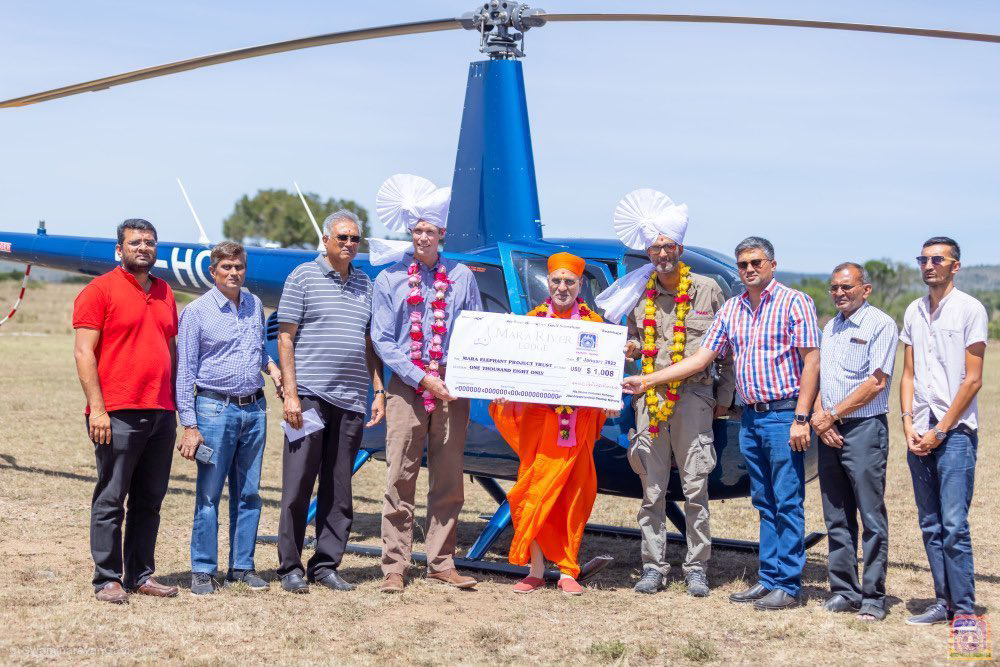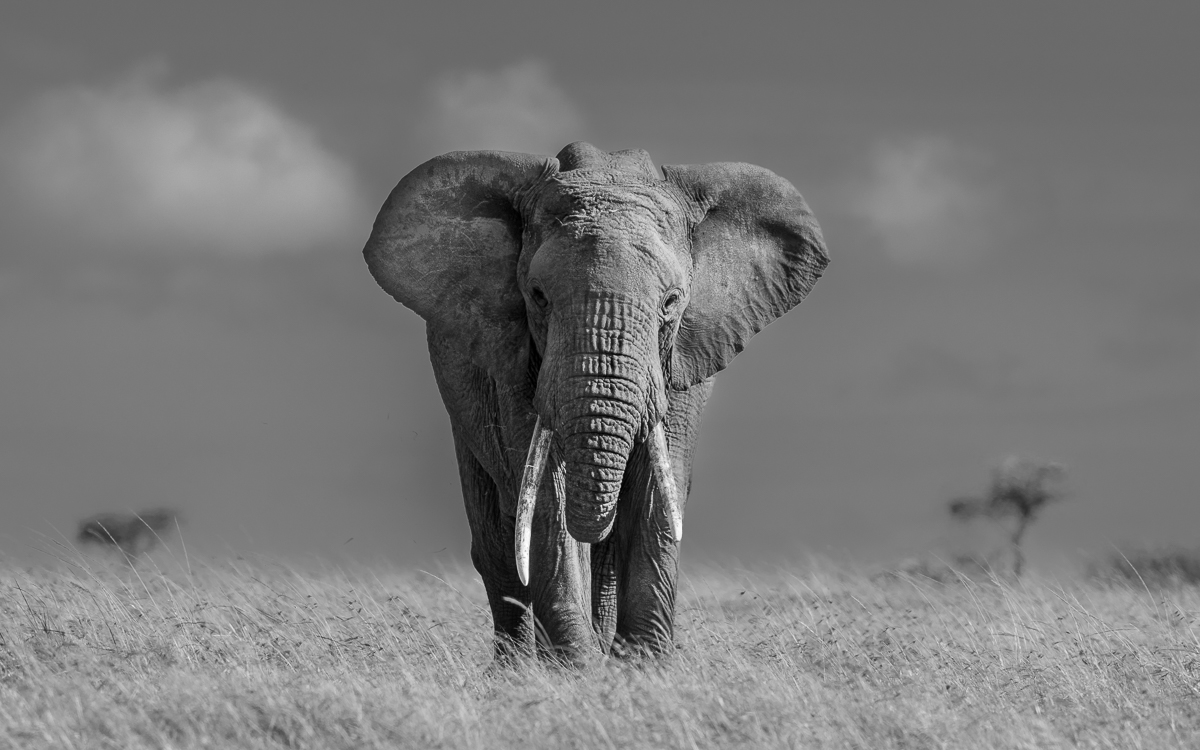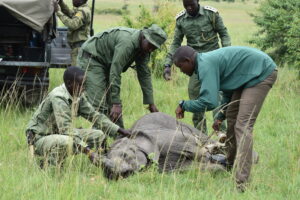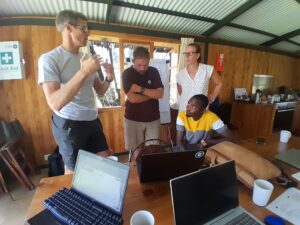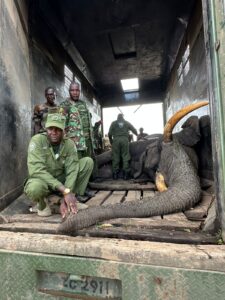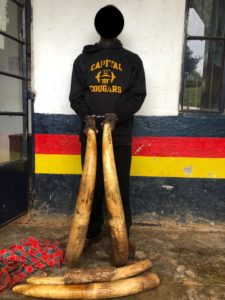 This year started strong when another arrest and ivory seizure took place with Kenya Wildlife Service (KWS) arresting one suspect with 30 kg of ivory based on Mara Elephant Project intelligence on January 31 in the Olengurone area of the Mau Forest. After this arrest, we teamed up with Kenya Forest Service (KFS) and KWS to do two aerial patrols and found numerous incidents of logging and charcoal making. We also found two herds of elephants in the same area. After meeting with KFS leadership from Nakuru we decided to do set up a large fly camp consisting of KWS, KFS and MEP rangers to clean up this portion of the forest. In the Greater Mara Ecosystem (GME), MEP has deployed four teams to the Mau Forest and Loita Forest. These teams are supported by Sheldrick Wildlife Trust (SWT) and Lori Price and do extremely important work to project the forests and the wildlife who live there.
This year started strong when another arrest and ivory seizure took place with Kenya Wildlife Service (KWS) arresting one suspect with 30 kg of ivory based on Mara Elephant Project intelligence on January 31 in the Olengurone area of the Mau Forest. After this arrest, we teamed up with Kenya Forest Service (KFS) and KWS to do two aerial patrols and found numerous incidents of logging and charcoal making. We also found two herds of elephants in the same area. After meeting with KFS leadership from Nakuru we decided to do set up a large fly camp consisting of KWS, KFS and MEP rangers to clean up this portion of the forest. In the Greater Mara Ecosystem (GME), MEP has deployed four teams to the Mau Forest and Loita Forest. These teams are supported by Sheldrick Wildlife Trust (SWT) and Lori Price and do extremely important work to project the forests and the wildlife who live there.
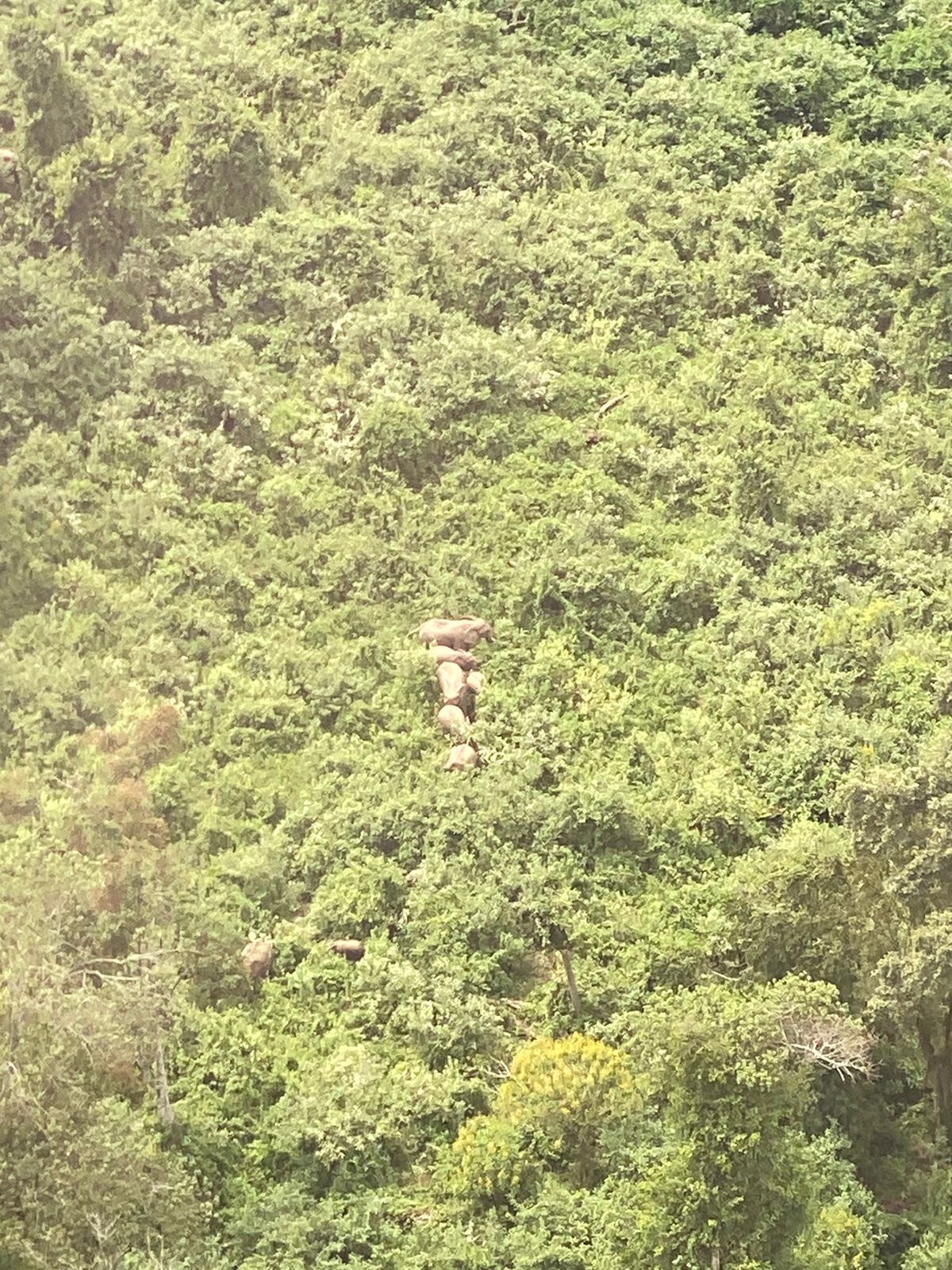
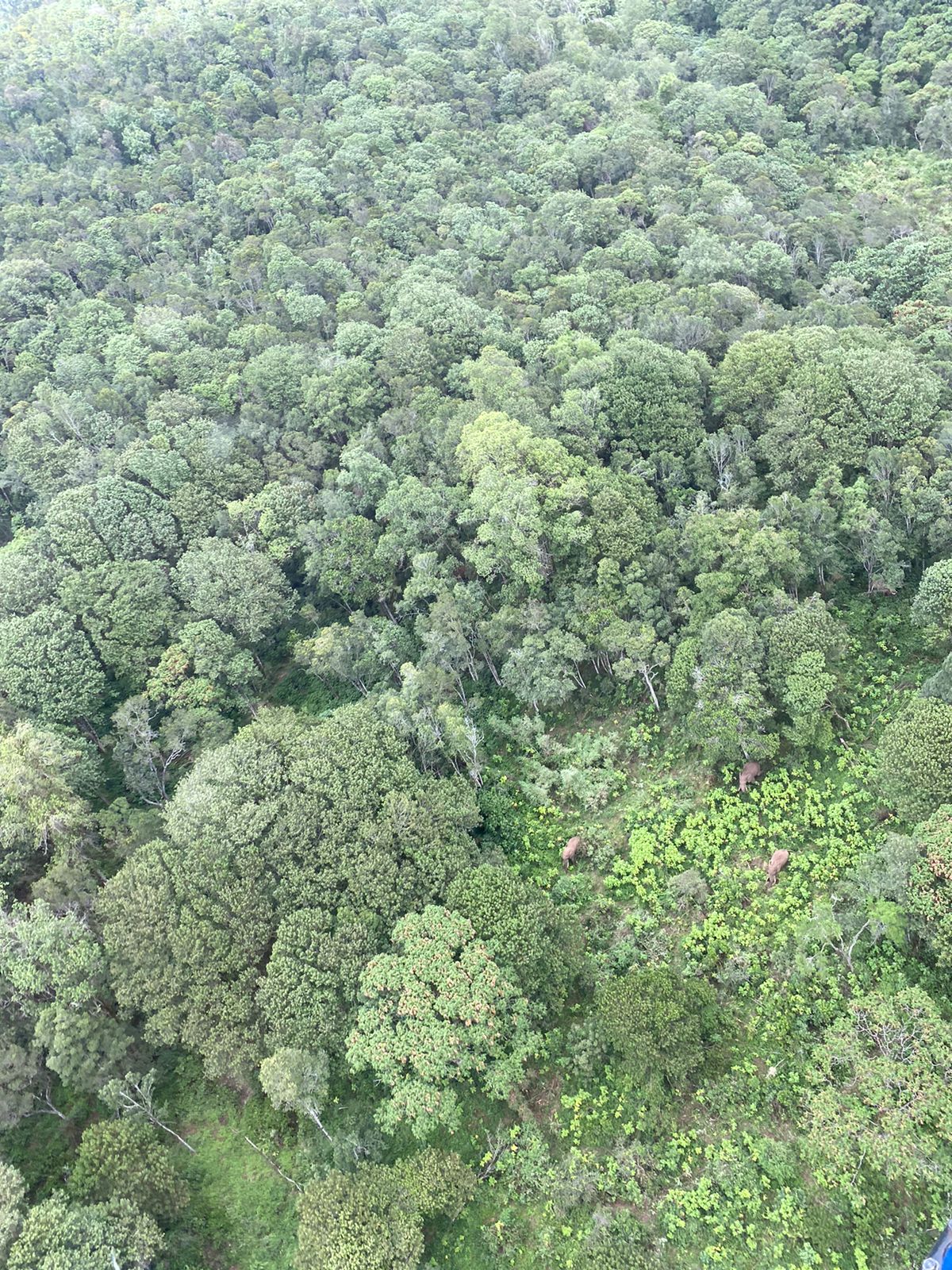
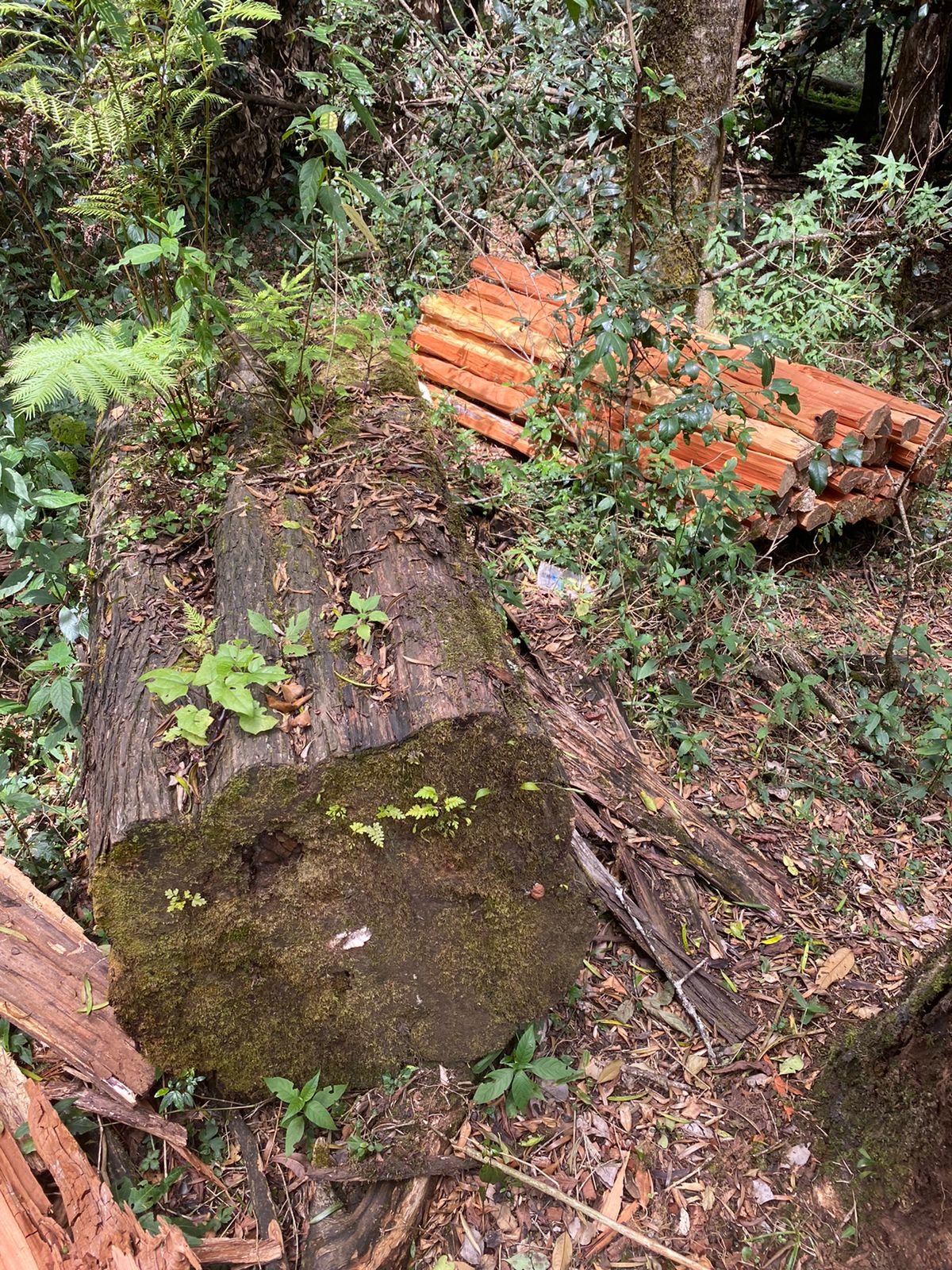
On January 19, MEP’s Conservation Officer Wilson Sairowua received a report from a Richard’s Camp guide that a baby elephant in Mara North Conservancy appeared to have a snare wrapped around his neck. The MEP long-term monitoring (LTM) team went to locate the baby and confirm the injury the next day. The LTM team knows the herd from their monitoring activities, and it included an individual they had monitored previously. They continued to monitor the herd and baby until a KWS vet was available. The KWS Vet Dr. Titus Kaitho from the Sheldrick Wildlife Trust (SWT) Rift Valley Unit arrived and with assistance from MEP’s LTM team and Olare Motorogi Conservancy rangers they treated the elephant calf. The MEP leased helicopter piloted by Marc was critical to the successful operation to separate the baby and its mother from the herd to keep personnel on the ground safe. They cut the snare from around the baby’s neck and the KWS/SWT vet properly cleaned and dressed the wound. After the procedure, the baby was reunited with his herd and will continue to be closely monitored by rangers on the ground.
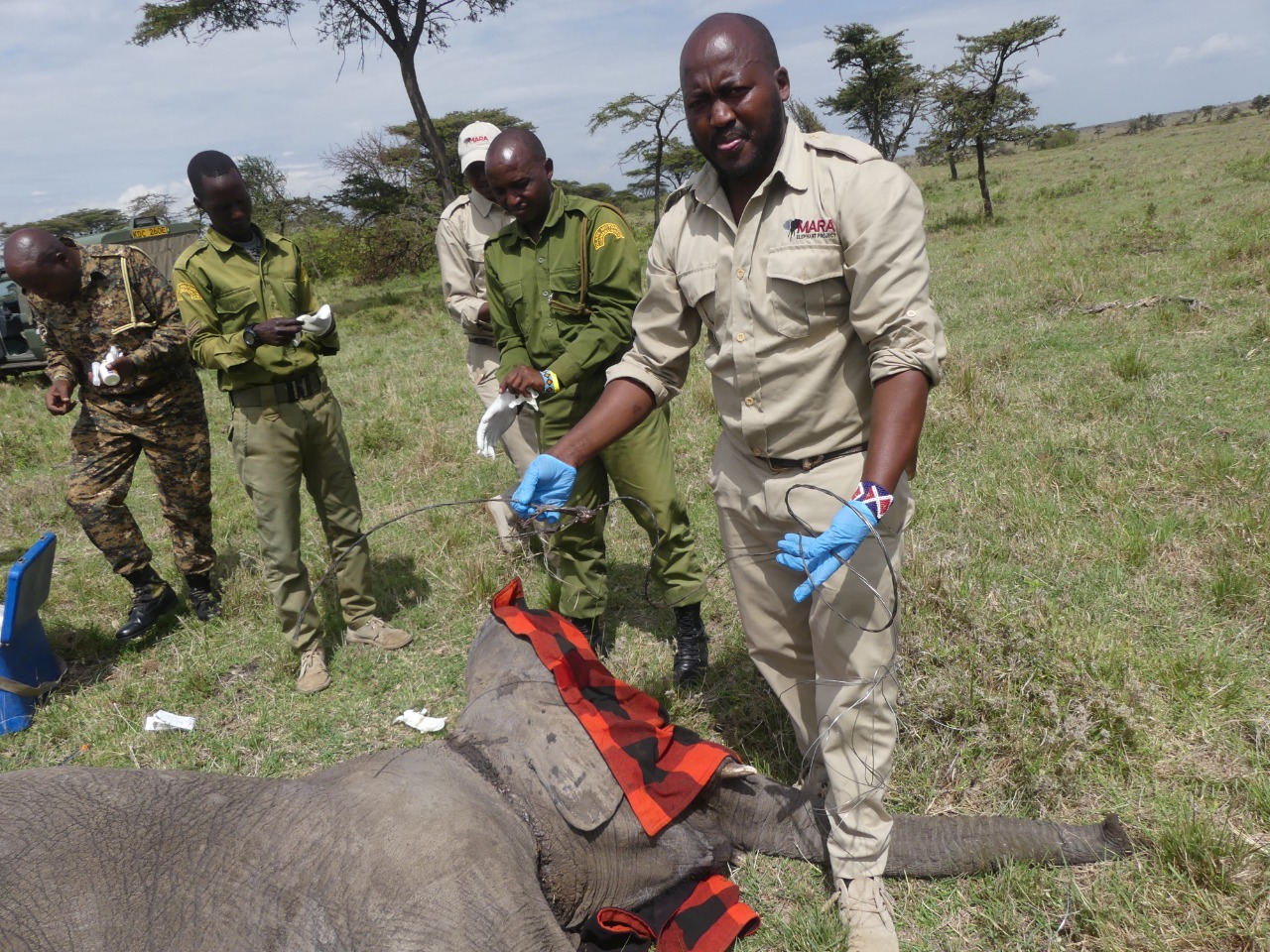
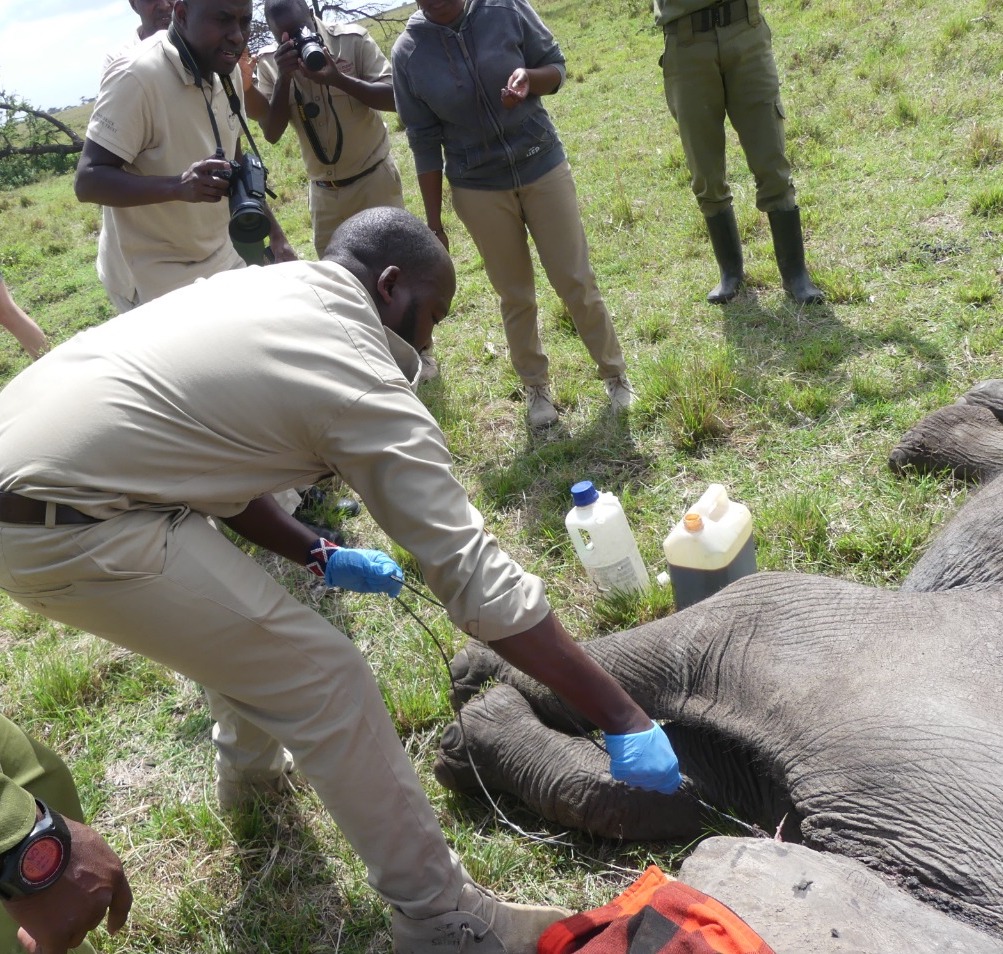
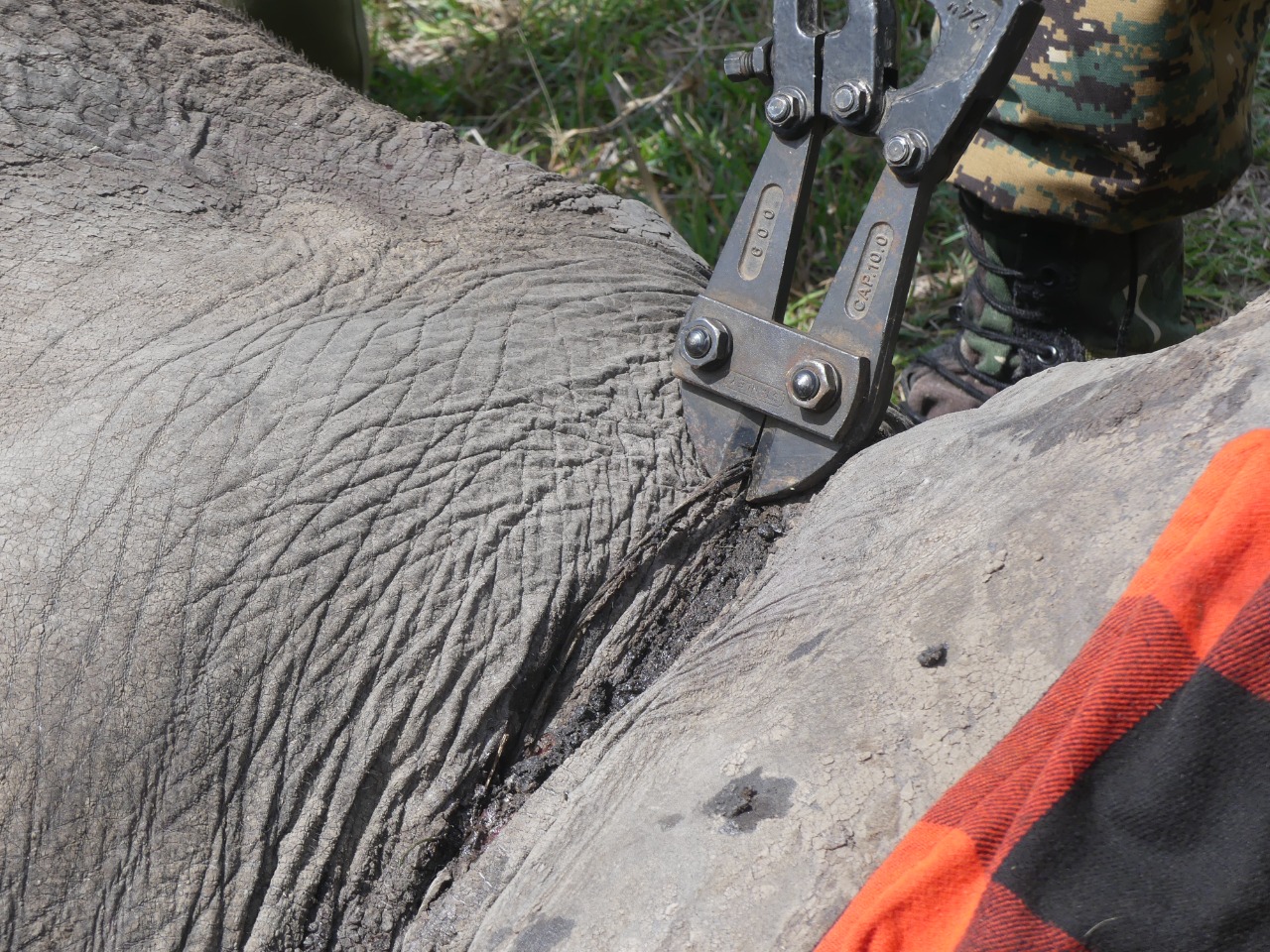
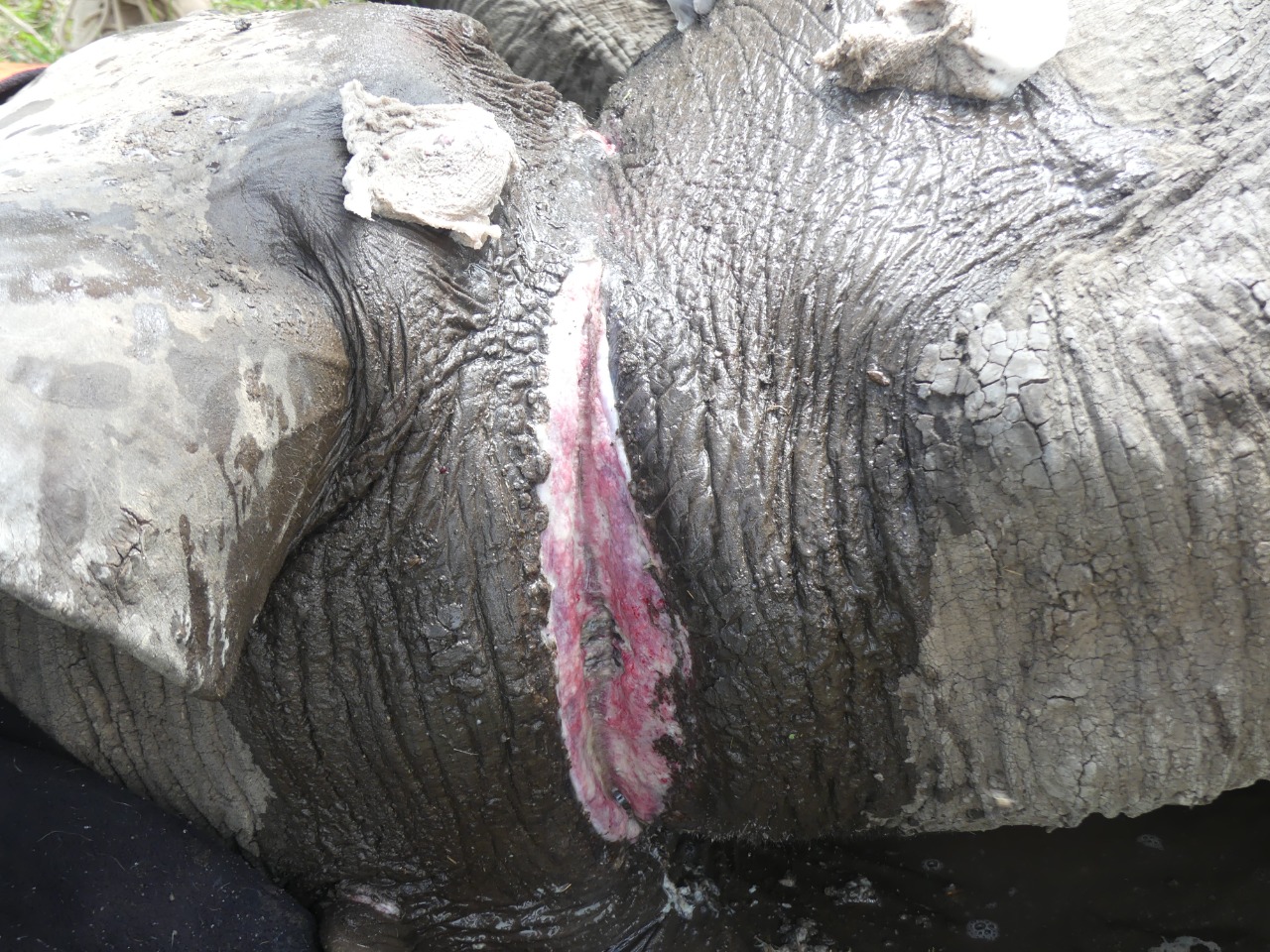

In January, in total, there was one suspect arrested for bushmeat poaching, 3 kg of bushmeat seized and 30 snares removed by MEP rangers and government partners. Pictured below, an arrest on January 18 by the MEP / SWT “Golf” Mau De-Snaring Unit and government partners that arrested one suspect with 3 kg of dik dik and they removed 20 snares.
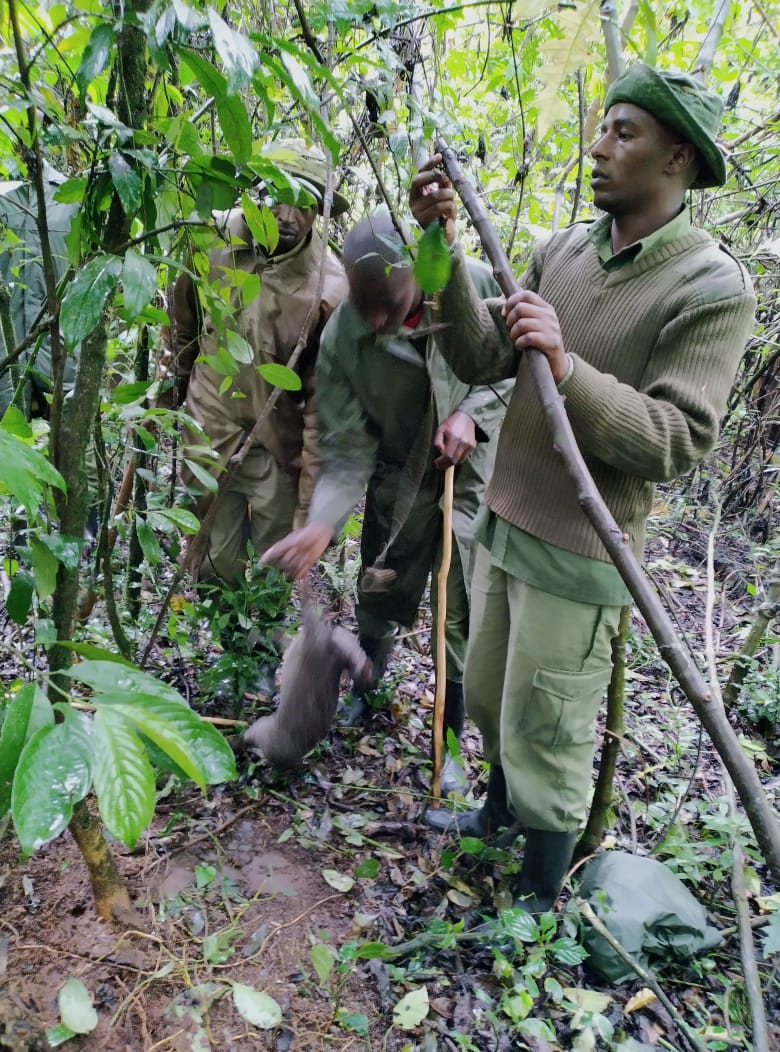

Additionally, MEP rangers alongside government partners arrested 10 habitat destruction suspects, destroyed 11 kilns and one sack of charcoal and confiscated 1,358 posts, one tree and one power saw in January. Pictured below, on January 12, the MEP / SWT “Golf” Mau De-Snaring Unit team jointly with KFS recovered 1,301 red cedar posts. A kiln destroyed on January 18 by the MEP / SWT “Charlie” Mau De-Snaring Unit.
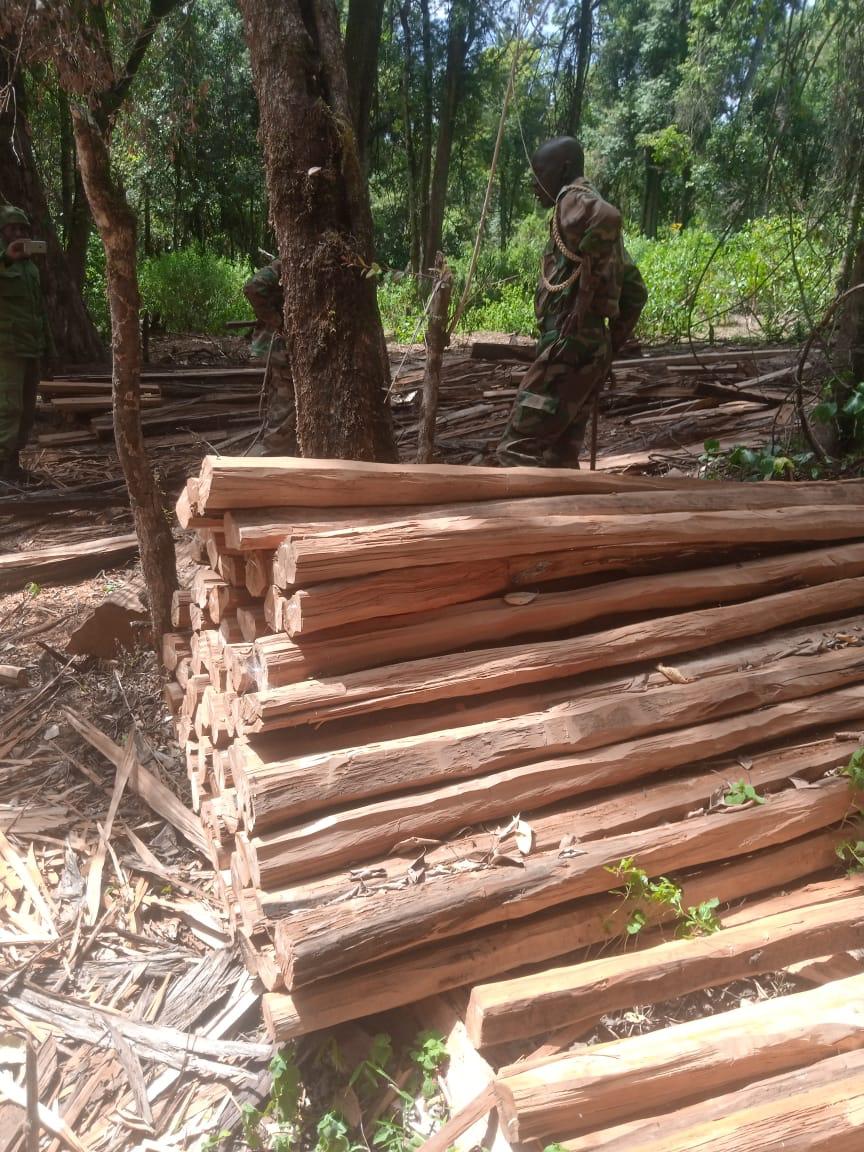
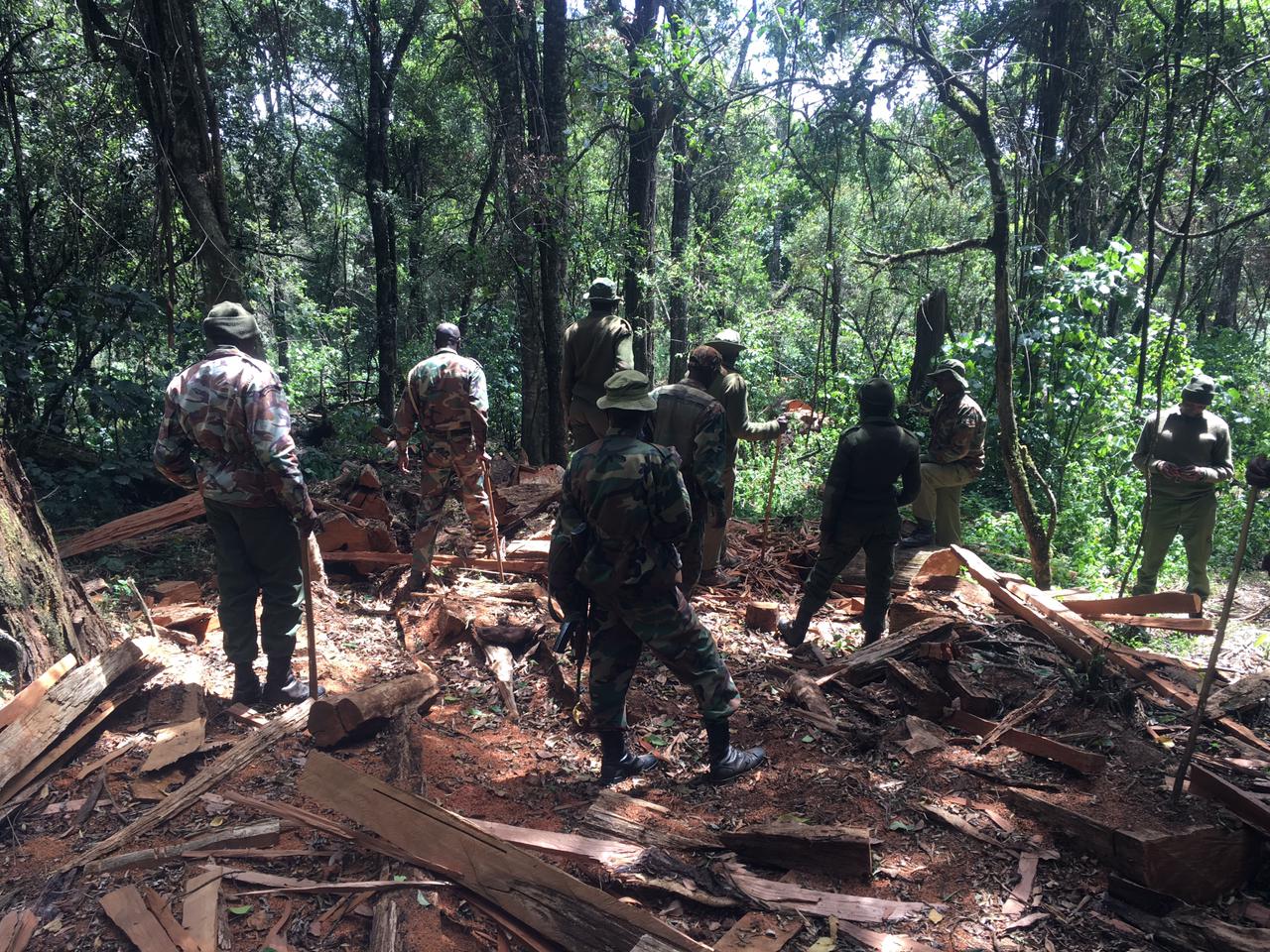
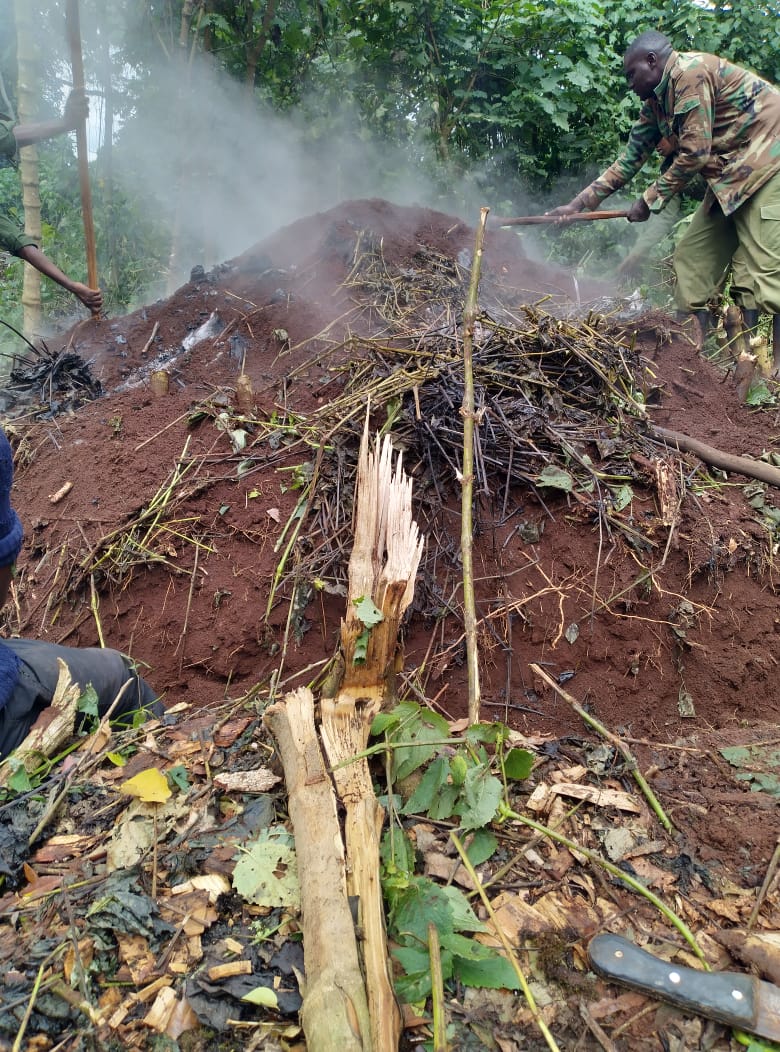
There were 17 total conflict incidents mitigated by MEP rangers in January. Pictured below, the MEP “Alpha” ranger unit was very busy around the Nyakweri Forest responding the conflict incidents and damage, mostly at night.
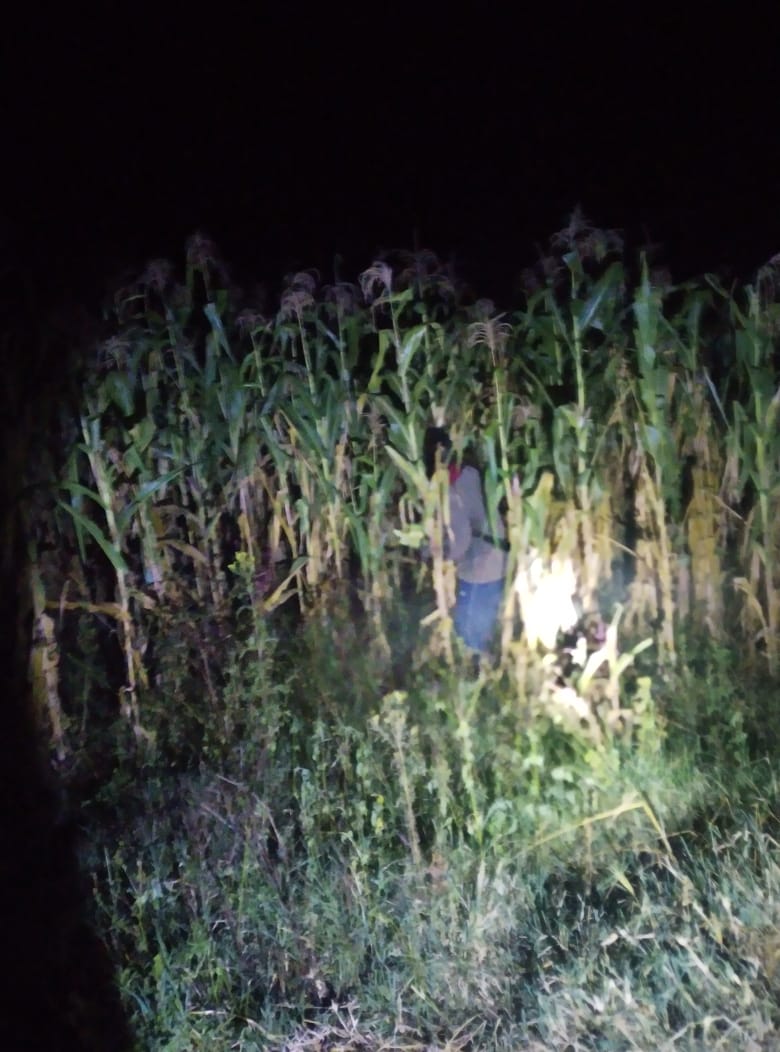
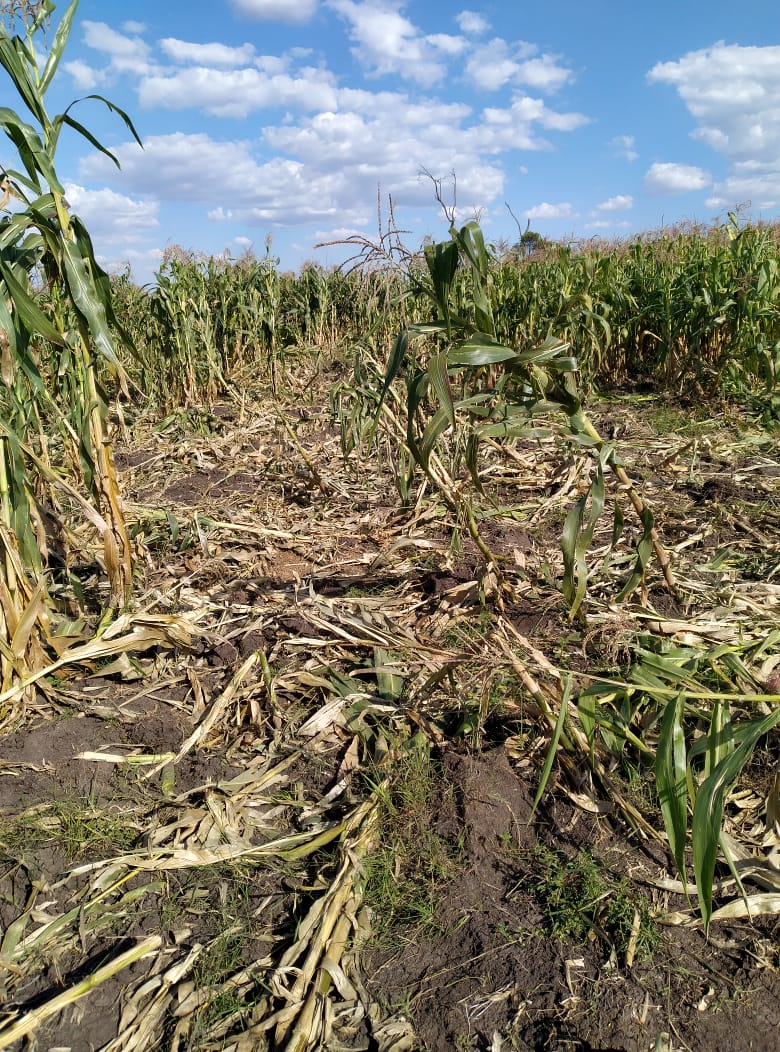
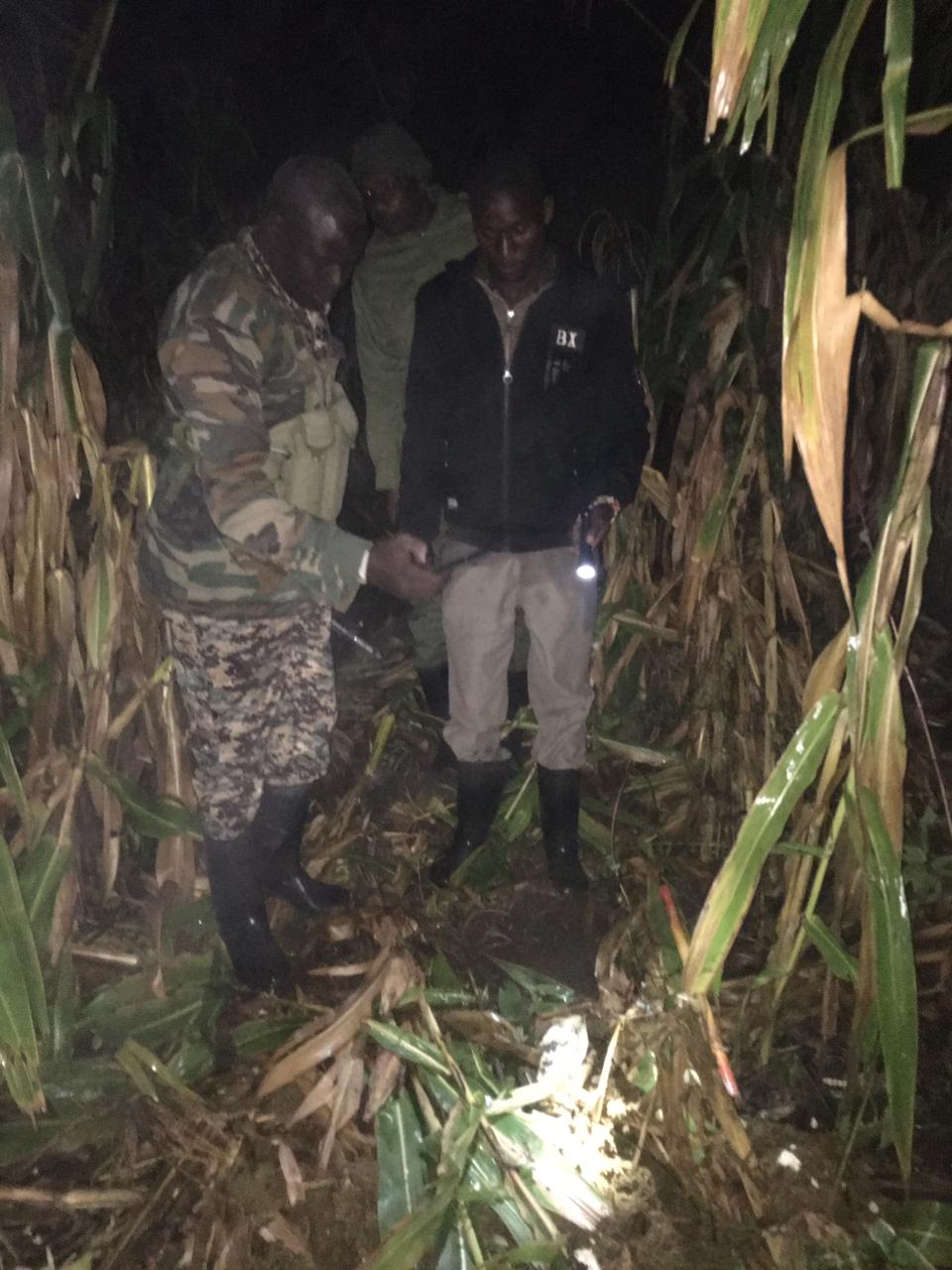
KWS, Wildlife Research and Training Institute (WRTI) and MEP collared elephant Ivy is a very important elephant that we monitor. Originally collared in 2011, she is not only one of our longest tracked elephants, but she also provides critical movement data and conflict prevention data. Ivy is what MEP’s Director of Research and Conservation Dr. Jake Wall calls a “cropaholic” meaning she is addicted to crop raiding and has gotten very clever in her crop raiding behaviors. She and her herd are so quiet that often at night, MEP rangers can’t hear them until they see them. They have learned the best places to stay safe and hidden during the day, that are conveniently bordering the farms filled with ripe crops that they raid in the dead of night. Her movement data has helped MEP create many geo-fences around farmer’s property that alert our rangers when she’s nearby and help prevent any retaliatory attacks by the communities. Continually tracking her is important for both security and human-elephant conflict monitoring, which is why on January 24, Ivy was re-collared in the Transmara by KWS, WRTI and MEP. KWS Vet Dr. Titus Kaitho alongside MEP’s “Echo” ranger unit, CEO Marc Goss piloting the leased helicopter and Jake successfully re-collared her to continue her monitoring into the future.
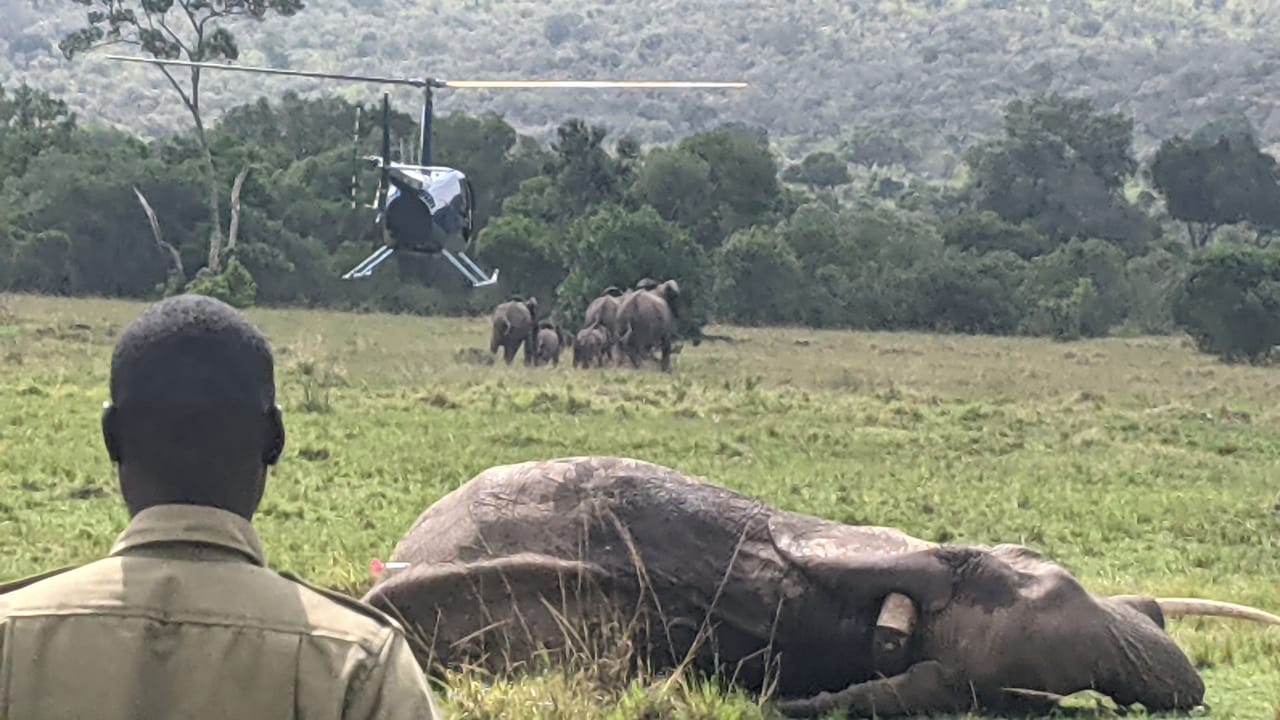
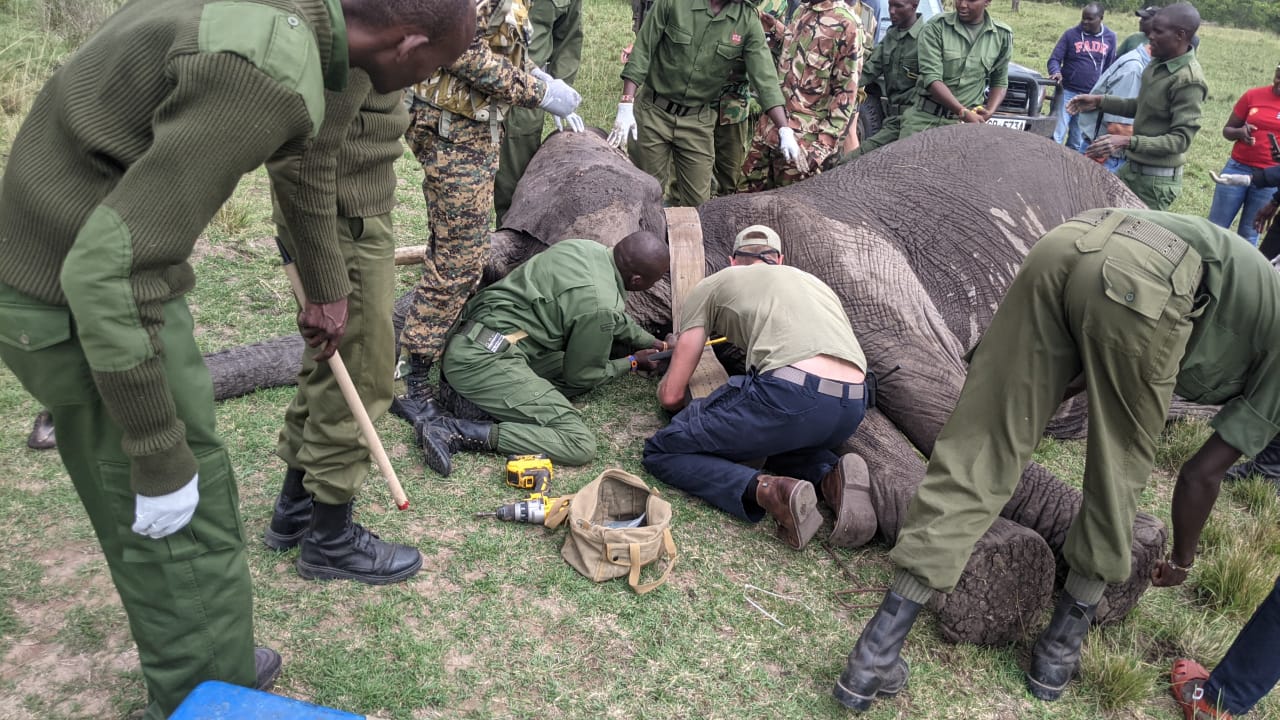
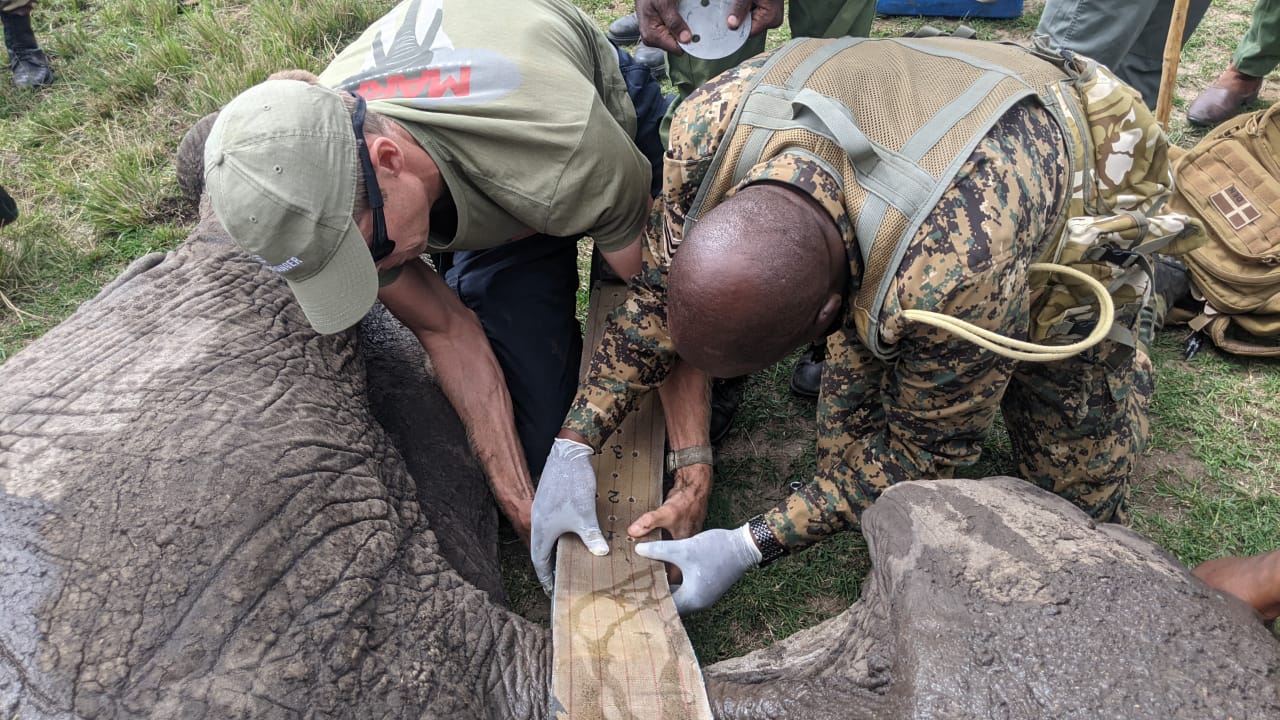
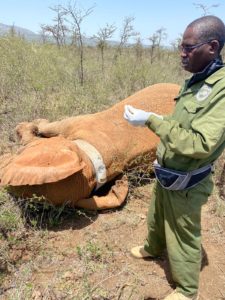 The community in Engata Entarit in Naroosora have been growing crops on the banks of a tributary flowing into the Ewaso Ngiro River. This area is a fertile plateau that sits between the Loita Plains and the Rift Valley. The placement of the area between the Rift Valley Ecosystem and the Greater Mara Ecosystem means it is potentially a corridor for elephants connecting the two ecosystems. Unfortunately, these fields of crops in between are very appetizing for elephants passing through, which has increased conflict in the area. In November 2021, tensions were on the rise in this area when a young man died as a result of wounds sustained from an elephant. In response, WRTI, KWS and MEP moved swiftly and collared a female elephant named Indy, sponsored by the Indianapolis Zoological Society, that was in a herd of over 60 elephants. Since collaring Indy, WRTI, KWS and MEP have been able to track the herd’s movements and they moved out of the area to the border of the Maasai Mara National Reserve. On January 16, a report came into our rangers that a herd of eight elephants that included one rouge elephant was killing livestock in the community. The MEP ranger unit responded and on January 27 alongside CEO Marc Goss in the leased helicopter, and KWS Vet Dr. Titus Kaitho, they darted the aggressive female elephant and collared her to allow for WRTI, KWS and MEP to respond immediately if she enters community land again; her name is Natasha. We will also use her tracked movements to hopefully show connectivity between the Mara and Shompole/Magadi ecosystems or if there has been a loss due to an increase in farms, human settlement and fences. The collaring is done under a long-term collaboration between MEP, KWS and WRTI on understanding habitat connectivity, resource allocation and conflict mitigation as well as elephant protection.
The community in Engata Entarit in Naroosora have been growing crops on the banks of a tributary flowing into the Ewaso Ngiro River. This area is a fertile plateau that sits between the Loita Plains and the Rift Valley. The placement of the area between the Rift Valley Ecosystem and the Greater Mara Ecosystem means it is potentially a corridor for elephants connecting the two ecosystems. Unfortunately, these fields of crops in between are very appetizing for elephants passing through, which has increased conflict in the area. In November 2021, tensions were on the rise in this area when a young man died as a result of wounds sustained from an elephant. In response, WRTI, KWS and MEP moved swiftly and collared a female elephant named Indy, sponsored by the Indianapolis Zoological Society, that was in a herd of over 60 elephants. Since collaring Indy, WRTI, KWS and MEP have been able to track the herd’s movements and they moved out of the area to the border of the Maasai Mara National Reserve. On January 16, a report came into our rangers that a herd of eight elephants that included one rouge elephant was killing livestock in the community. The MEP ranger unit responded and on January 27 alongside CEO Marc Goss in the leased helicopter, and KWS Vet Dr. Titus Kaitho, they darted the aggressive female elephant and collared her to allow for WRTI, KWS and MEP to respond immediately if she enters community land again; her name is Natasha. We will also use her tracked movements to hopefully show connectivity between the Mara and Shompole/Magadi ecosystems or if there has been a loss due to an increase in farms, human settlement and fences. The collaring is done under a long-term collaboration between MEP, KWS and WRTI on understanding habitat connectivity, resource allocation and conflict mitigation as well as elephant protection.
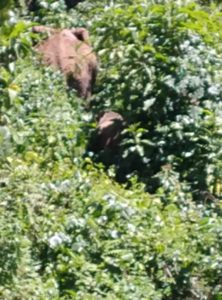 KWS, WRTI and MEP collared elephant Fitz, sponsored by Angama Foundation, was photographed in January the Nyakweri Forest.
KWS, WRTI and MEP collared elephant Fitz, sponsored by Angama Foundation, was photographed in January the Nyakweri Forest.
The Allen Institute for Artificial Intelligence (AI2) has supported a conservation technology internship at MEP. This internship program is designed to engage top students in Science Technology Engineering Mathematics (STEM) related fields to work on applying artificial intelligence and related technologies to conservation problems. Beginning in 2017, MEP partnered with Vulcan Inc. and, more recently, AI2, to develop and deploy the EarthRanger protected area domain awareness system platform used to collect real-time information and perform analytics, turning data into actionable conservation information. An international student will be paired with a local Kenyan student to jointly tackle a selected project that can form a part of their studies, advance MEP’s mission to protect elephants and their habitats, and leverage and advance EarthRanger and its related technologies. During the 12-week internship, students will spend time based at the MEP HQ in the Maasai Mara in Kenya to gain essential insight and field experience and foster cross-cultural knowledge transfer. Applications are open now -> https://boards.greenhouse.io/thealleninstitute/jobs/3820329.
A new paper co-authored by Dr. Jake Wall called “Landscape Dynamics (landDX) an open-access spatial-temporal database for the Kenya-Tanzania borderlands” was published in Scientific Data on January 18.
We’re also very excited to bring you the first MEP Experimental Farm update since the launch in October 2021. The MEP Experimental Farm had a great beginning of the year with most of the crops ready for harvesting and a second planting for the same. Some crops had great yields while others were predated while fruiting and therefore gave very low, or no yields. The farm has frequent visits from community members, and we have introduced a visitor’s book for recording visits.
The farm adjacent to ours had maize planted in October 2021. They were completely destroyed by hippos. The owner has since opted to graze his cattle instead. A few weeks ago, Kutoka Ardhini, an out-growers representative that is working with farmers to plant thyme and lemon-scented gum (Eucalyptus Citiodora) to extract oil, visited the farmer who decided to adopt the new crops that are believed not predated by any animals. They currently have two acres with Eucalyptus Citiodora and one acre with thyme. Last week, Abigael visited Kutoka Ardhini to learn more and to find which crops they are processing to assess the market for our crops. They have a distill unit at at Enolerai, formerly known as Taqwin, and process four crops: Radiator, Thyme, Citiodora and Tea Tree. They get their raw material from Natures Oils who owns the large farms at the area and their market link is Fairoils who export essential oils in crude form. I was given thyme and Citiodora to try in our experimental farm. To further research on how to protect the commonly grown crops like maize in our farm, this month we have begun including four other systems of passive protection using larger 10×10 meter plots with pathways of five meters between plots. We will trial four common protection systems including beehives, a ditch fence, sunflowers and chili crop fence. All plots will have maize crops planted in the center, ringed by the passive fencing. Sunflower has not been predated on since we planted and it is tall, unlike chilis, and therefore we are hopeful for positive results in protecting a center-core of maize.









An 11-year-old, Simran Choda, in school in Nairobi, Kenya raised money for MEP while working on her Individual Project Qualification. She chose to conduct her project as a Mammal Big Day, a day where she went out into the Mara and to count how many mammal species she saw within a 24-hour period. She conducted the count on January 15 and 16 with the help of CEO Marc Goss and Zarek Cockar and raised over £3,000 for Mara Elephant Project. Shree Swaminarayan Gadi, Nairobi generously donated over $1,000 to MEP. Director of Research and Conservation Dr. Jake Wall met the group who was visiting nearby MEP HQ to accept the check and personally thank them for their support to protect elephants and their habitats across the GME.
The second Ultra MARAthon was a huge success in December with 54 relay teams participating. The 50 km race through the Maasai Mara raised over $5,880 for Olchorro, Lemek and Enonkishu conservancies as well as Africa Mission Services and Mara Elephant Project each! Thank you to the hardworking volunteer team for putting this marathon together and supporting MEP’s efforts. Creatura Wildlife Projects took artist Mark Ryden and his wife Marion Peck on safari in 2019 and their experience deeply affected them and inspired them to give back to wildlife conservation. Through Creatura Wildlife Projects, Mark and Marion have supported MEP since 2020 and their support continued with a recent $20,000 donation to support MEP rangers this year. We are extremely grateful for their continued support, passion and commitment to protecting wildlife and wild spaces. We had 20 entries that supported MEP in January for the 2022 Greatest Maasai Mara photo competition. Thank you for your support.
In January, MEP received our yearly support from the Sheldrick Wildlife Trust for the two Mau De-Snaring Units. Thank you to every donor and foundation for helping MEP kick off 2022 with your support.
